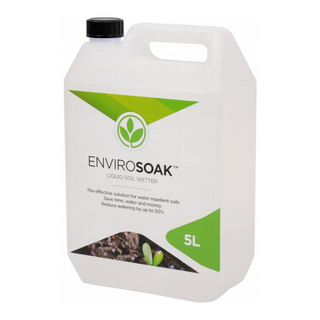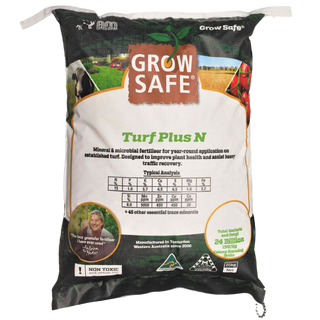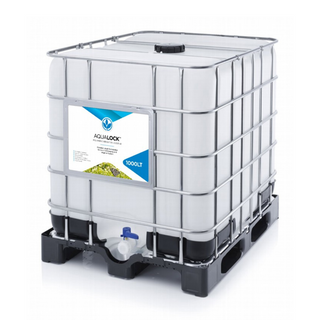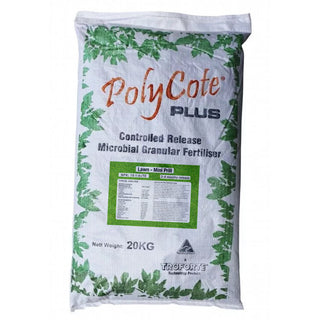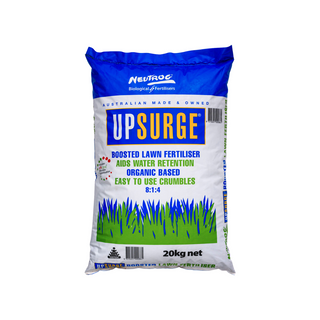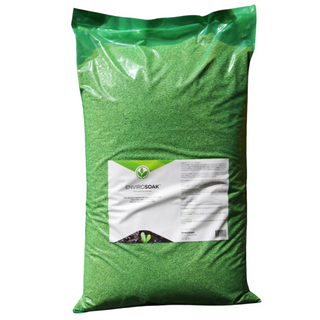As the frost fades and daylight stretches, spring is a vital time to set your lawn up for a season of lush, healthy growth. Good care now prevents problems later, from weeds to drought stress. Here’s a comprehensive spring lawn care checklist, tailored for Australian gardens, that covers what to do, when, and with which tools and products to get the best results.

1. Assess & Clean Up
-
Clear debris: Remove leaves, sticks, thatch, and any dead grass. Use rakes or brushes to avoid smothering new shoots.
-
Check for damage: Look for bare patches, soggy spots, or compacted soil. These are signs that moisture isn’t being retained properly.
2. Control Weeds Early
-
Spot treat problem weeds: Before they seed, use herbicides or weed-pest tools to prevent infestations. Early action helps reduce ongoing maintenance.
-
Maintain healthy turf density: A thick lawn crowds out weeds. Good mowing height and fertilisation are key here.
3. Improve Soil Condition
-
Soil wetting agents: After winter, soils sometimes become hydrophobic (i.e. they repel water). Products like EnviroSoak Liquid Soil Wetter, or EnviroSoak Granular Soil Wetter help water penetrate the soil more effectively.
-
Water retainers: For dry or sandy soils, try Aqualock Water Retainer to reduce water stress and increase moisture retention near roots.
-
Organic or corrective fertilisers: Use products that support soil biology and correct nutrient deficiencies, not just high nitrogen, so your lawn builds resilience.
4. Fertilise Strategically
-
Starter or boost fertilisers: Early spring is a good time to feed the lawn as growth resumes. For example, Grow Safe Turf Plus N Fertiliser provides a good boost, helping reduce water usage while encouraging density and colour.
-
Balanced slow-release options: If you prefer less frequent feeding, products like Polycote Mini Prill Turf Fertiliser are ideal, they release nutrients over time, reducing the risk of burn and making maintenance easier.
-
Organic crumbles: For lawns that have suffered over summer or are used heavily, organic crumbles such as Neutrog Upsurge Lawn Fertiliser - Crumble can support turf health, root development, and soil microbe activity.
5. Mowing & Maintenance
-
Gradually reduce blade height: Start the season with a higher cut and gradually lower to your desired mowing height. This reduces stress on the grass.
-
Sharpen mower blades: Clean, sharp blades make clean cuts that heal faster. Dull blades tear grass, making the edge ragged and heightening disease risk.
-
Edge and trim borders: Define edges to prevent grass creeping into paths; keep mower paths clean to help airflow and reduce moisture-related problems.
6. Water Wisely
-
Water timing: The best times are early morning or late afternoon to minimise evaporation. Avoid watering in the heat of the day.
-
Use wetting agents where needed: As above, these help water penetrate rather than run off.
Monitor soil moisture: A good rule of thumb: a lawn needs about 25-35 mm of water per week during spring, depending on soil type and rainfall. -
Inspect irrigation systems: If you use sprinklers, watering rings, or hose systems, make sure they’re functioning correctly - no leaks, even coverage, and good pressure. A drip or injection system can deliver nutrients and water more effectively.
7. Overseeding & Repair
-
Repair bare spots: Loosen soil, add seed or turf, and cover lightly with topsoil. Keep the new area moist until established.
-
Choose the right grass seed: Match the species to your existing lawn and climate zone. Something resilient to traffic and compatible with your fertiliser choice is ideal.
-
Use conditioning products: A soil conditioner can help improve seed-to-soil contact and improve results, especially where soil structure is lacking.
8. Preventative Care & Disease Monitoring
-
Watch for pests and fungal issues: Warm, moist conditions are perfect for these. Early detection and treatment are far easier than correcting major issues.
-
Avoid overwatering: Putting down too much water can lead to shallow root systems, disease, or moss growth in shaded, damp areas. Balance is key.
-
Aerate compacted areas: If the oil feels hard or water puddles, aeration helps roots access oxygen and water more effectively.
Product Spotlight: Key Items from StrataGreen

Here are several products from StrataGreen that are particularly helpful in spring lawn care:
-
EnviroSoak Liquid Soil Wetter - helps overcome water-repellent soils and supports better water absorption.
-
Grow Safe Turf Plus N Fertiliser, 20 kg - excellent for boosting turf vigor in high-use areas, with good mineral balance.
-
Aqualock Water Retainer - works to reduce water stress by retaining moisture and helping water reach the root zone.
-
Polycote Mini Prill Turf Fertiliser - good for steady nutrition through warmer months with less frequent applications.
-
Neutrog Upsurge Lawn Fertiliser 20 kg Crumble - organic based, slow-release; suited to maintaining robust lawns that cope better with environmental stress.
Timeline Suggestions (Spring)
|
When |
Task |
Why It Matters |
|
Early spring |
Clean up debris, assess soil & weeds |
Prevents disease and gives better growth base |
|
Mid-Spring |
Apply fertiliser & soil wetting agents |
Supports growth as temperatures warm |
|
Late spring |
Overseeding & repair bare patches |
Ensures lawns are full before summer arrives |
|
Throughout spring |
Monitor watering, mow, edge, check pests |
Maintains health & prevents issues piling up |
Final Tips
-
Always read product labels for rates and safety instructions. Correct application makes all the difference.
-
Avoid fertilising right before a heavy rain unless the product is well secured or slow-release.
-
Tailor your approach to your soil type. Clay, sandy, and loamy soils will behave differently what works in one garden may need tweaking in another.
With consistent care this spring using the right fertilisers, wetting agents, watering methods, and maintenance, you’ll be rewarded with a thick, resilient lawn that copes better with summer heat, weeds, and drought. StrataGreen is here to help with a wide range of soil improvement, watering, and lawn care products, alongside expert advice if you need it.



